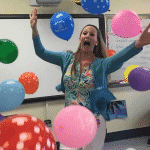
Since 1997, Lauren Ewe has been teaching a wide array of diversified learners in secondary settings. Her current position as an educator is in higher education, instructing prospective teachers about the fundamentals of classroom management, time management, lesson planning, grading, and field-placement responsibilities during clinical internships. She also works as an education coach offering novice teachers a safe space to discuss struggles and needs while providing proven strategies to tackle challenges. Her roles as a coach include being a support system, mentor, advisor, colleague, confidante, shoulder to cry on, and cheerleader. Too many educators are leaving the profession daily, so she has made it her mission to provide teachers with the support they desperately need so they don’t throw in the towel and walk away from the field of education.
COVID threw a significant curveball, leaving our students with three strikes, sitting on the sideline. They have no idea how they learn best because they have spent the past year and a half passively sitting in front of computers rather than being active in the learning process, actually swinging their bats at real baseballs, so to speak. As a result, we can’t afford to skip learning about our students’ preferred learning styles this school year.
We need to rewind and TEACH them the skills they lack, such as taking notes efficiently, participating in group discussions, using different materials to enhance learning, managing homework and schedules, studying for assessments, avoiding plagiarizing, etc. How? By showing them the proper way to hold and swing a bat—in other words, giving them the tools they need to be successful.
Learning styles refer to how people process information which most often occurs through the use of their senses. But, many of us have 50 or 100 or even 150 students in our “bullpens,” and figuring out everyone’s unique area of strength is daunting, to say the least. Then, just as there are tons of hitting experts, there are endless theories and approaches to determining student learning styles.
There’s Kolb’s Experiential Learning Model (ELM) with a four-stage learning cycle (Kolb, 1984), Honey and Mumford’s Learning Styles Questionnaire (LSQ) that stems from Kolb’s model with four different categories of learning (Honey & Mumford, 2001), the VAK theory with three areas developed by Barb (1979), Fleming’s VARK model that added one more sensory modality to Barb’s theory (Fleming, 2014), and the list goes on!!!!
Also, we can’t ignore the coach, our good friend Gardner with his nine multiple intelligences, yelling down the third-base line reminding us that we can’t confuse the intelligences with learning styles, and, oh wait! We just got a call from the bullpen chiming in to say, “there is no adequate evidence base to justify incorporating learning-styles assessments into general educational practice (Pashler, 2009). It’s no wonder teachers throw in the towel and say they don’t have time to deal with student learning preferences! But, there’s no crying in baseball, and we need to show our students how to keep their eye on the ball when learning during the shift back to in-person instruction.
Disclaimer: This post is NOT about debunking, critiquing, or debating the plethora of theories out there. It is about helping teachers guide their students to be lifelong learners. My advice is not based on an official observational study with qualitative data published in educational journals. It is founded, though, on over twenty years of REAL-LIFE application in secondary public school classrooms where I tried different learning inventories, questionnaires, and theories. The journey was long, and my students and I encountered tears, frustration, and confusion before finally achieving success. I want to spare as many teachers as possible from wasting time dropping fly balls by sharing what really works based on my years of teaching experience.
In a (pea)nutshell, I figured out how to use the simplicity of Barb’s conclusions to create five manageable steps to determine and teach to learning preferences successfully:
- Complete the VAK Learning Self-Assessment to determine YOUR preferred learning style and keep this in mind when teaching and creating assignments. Without realizing it, teachers tend to present information that best aligns with their way of retaining information, which isn’t necessarily how ALL students learn. Knowing your dominant area will help you to avoid instruction that relies solely on your learning style.
- Have students take the assessment to determine their preferred learning style.
- Give students a reference sheet to put in their binder to check periodically throughout the year to take active roles in their learning by trying different techniques to determine which works best for them.
- Add a small V, A, or T to your seating charts, so you have a quick reference to remind you how your students learn best. If someone starts to struggle, have them go to their reference sheet and try a new strategy from their category to help them overcome the difficulty.
- Share this information with parents/guardians so they can reinforce the helpful tips at home.
And there you have it! So go ahead and google that clever fella Barb and his VAK Learning Model and Self-Assessment, add my 5-step approach to implementing his theory, and you’ll be on your way to showing your students how to hit it out of the park when learning this school year. Play ball!
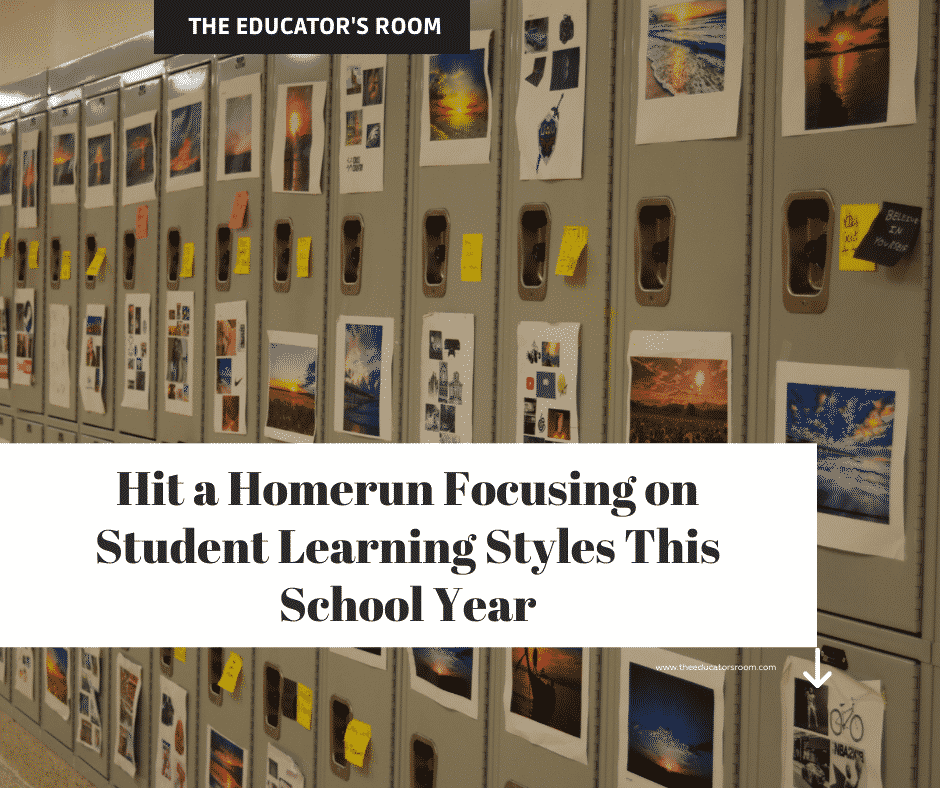
References
Barbe, W. B., Swassing, R. H., & Milone, M. N. (1979). Teaching through modality strengths:
Concepts and practices. Columbus, Ohio: Zaner-Bloser.
Fleming, N. D. (2011). Teaching and learning styles: Vark strategies. Neil D. Fleming.
Gardner, H. (1983). Frames of mind. Basic Books.
Honey, P., & Mumford, A. (2001). The learning styles questionnaire: 80-item version. Peter
Honey Publications.
Kolb, D. A. (1984). Experimental learning: Experience as the source of learning and
development. Prentice-Hall.
Pashler, H., McDaniel, M., Rohrer, D., & Bjork, R. (2008). Learning Styles: Concepts and
Evidence. Psychological Science in the Public Interest, 9(3), 105–119.


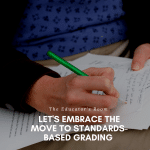
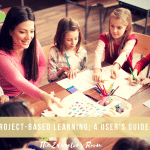

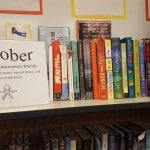
I love this! I’ve always wanted to do this, but I really wasn’t sure how. Thank you so much for making it manageable! Where can I learn more about the education coaching you offer?
Thanks so much for your feedback! So glad the information is helpful to you! You can find out more about my education coaching at https://lifeanded.com/
There are also some free resources related to this that you can access on my website. Best of luck this school year!
Thanks so much for your feedback! So glad the information is helpful to you! You can find out more about my education coaching at https://lifeanded.com/
There are also some free resources related to this that you can access on my website. Best of luck this school year!